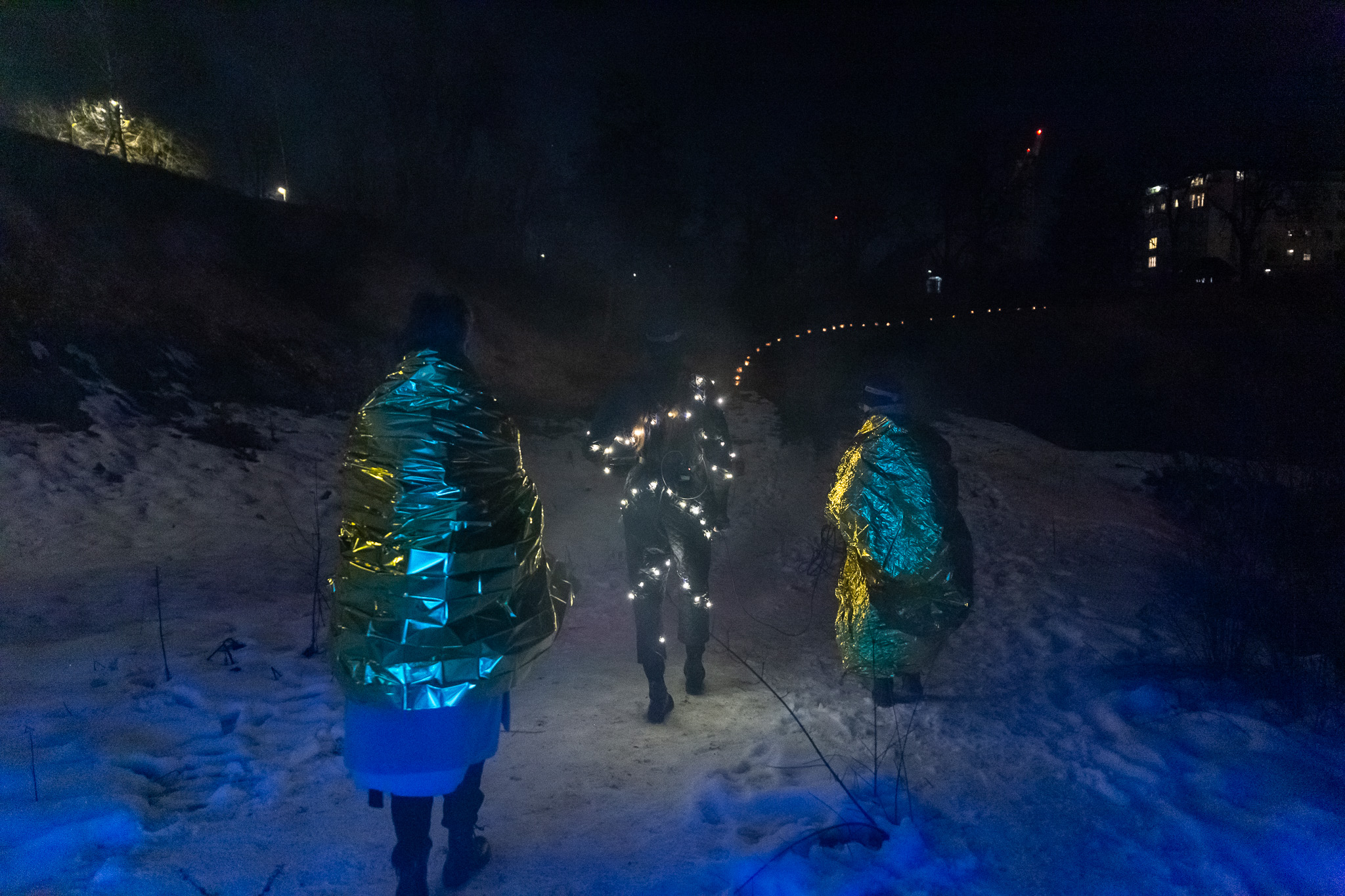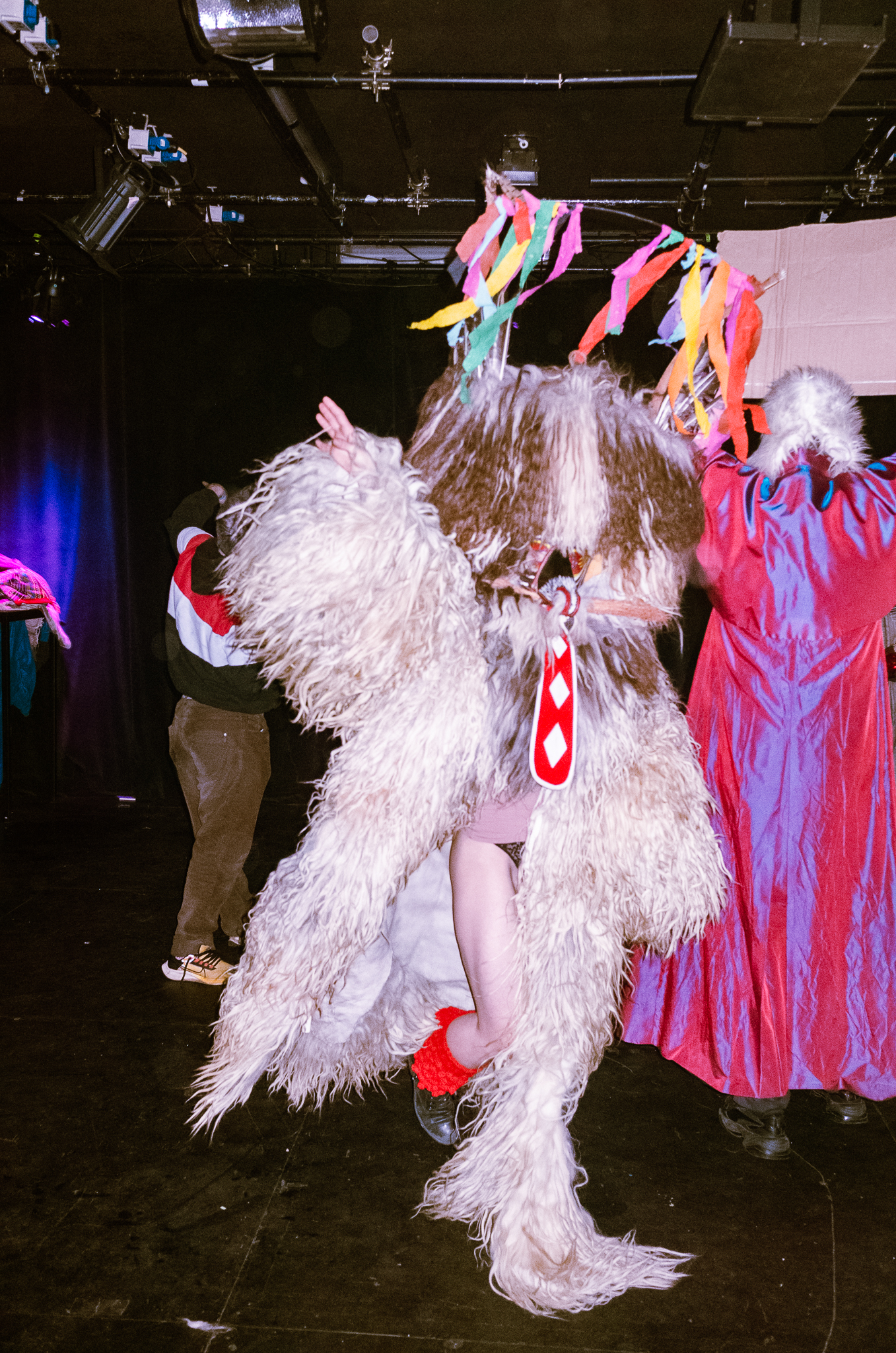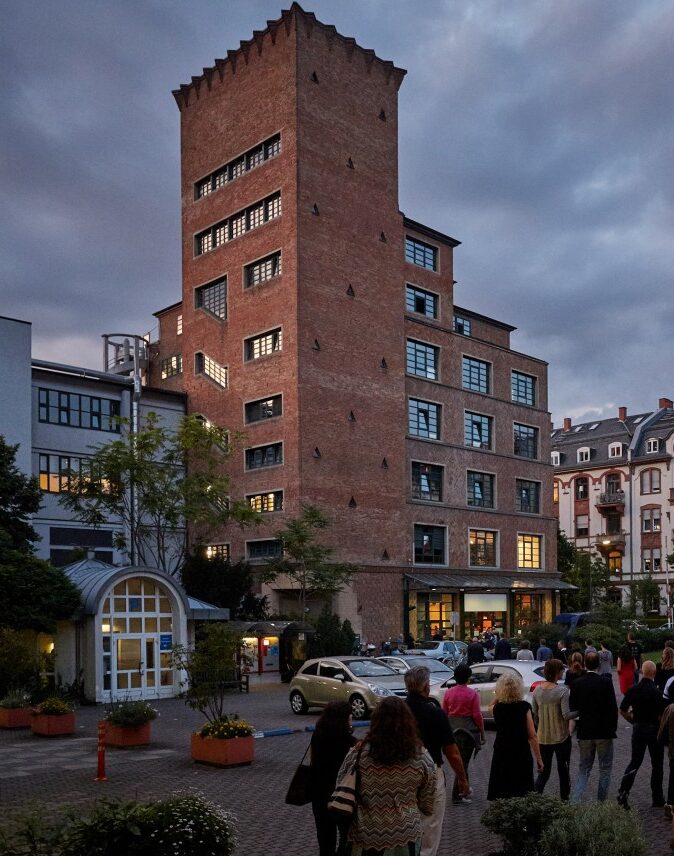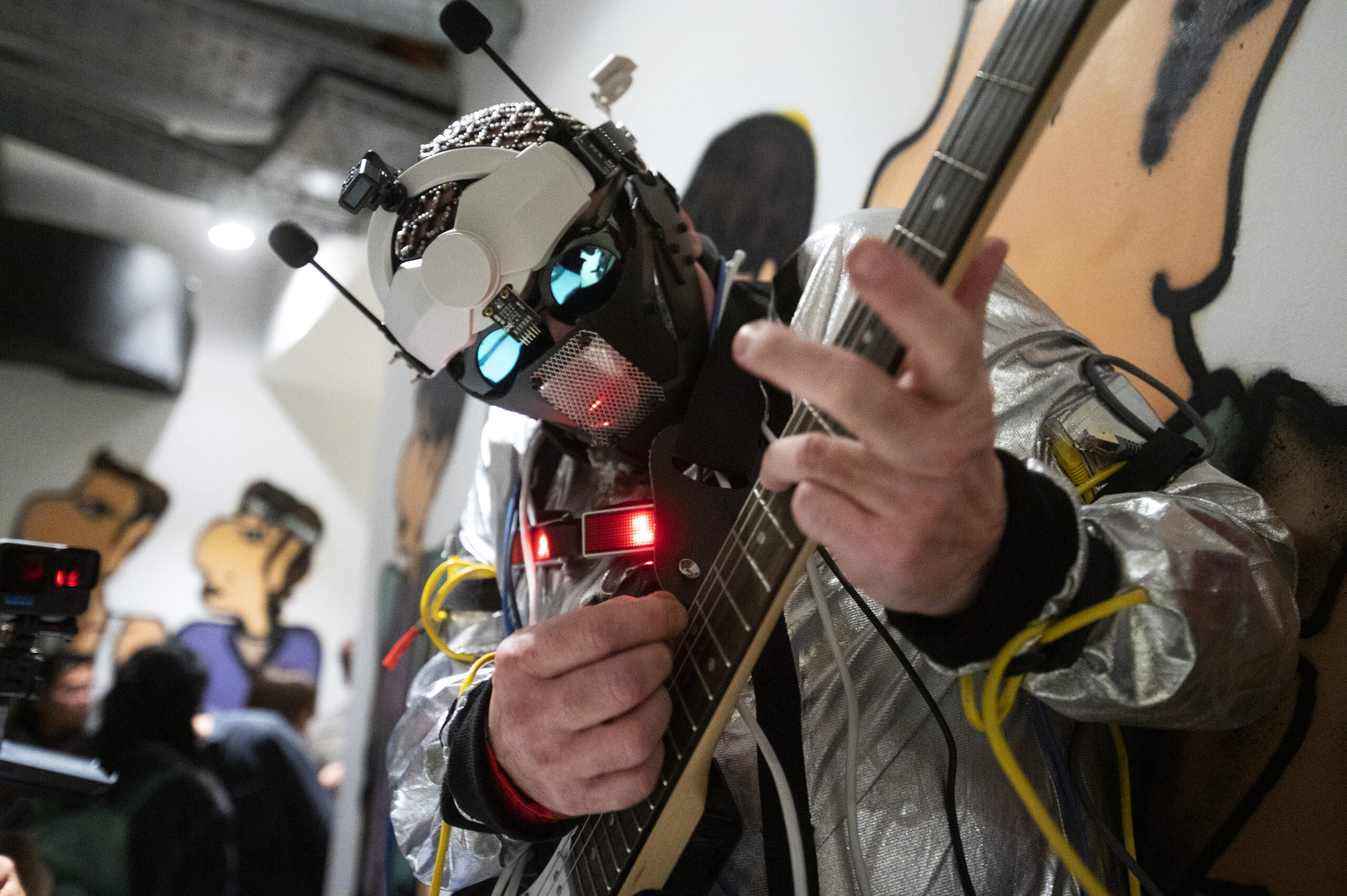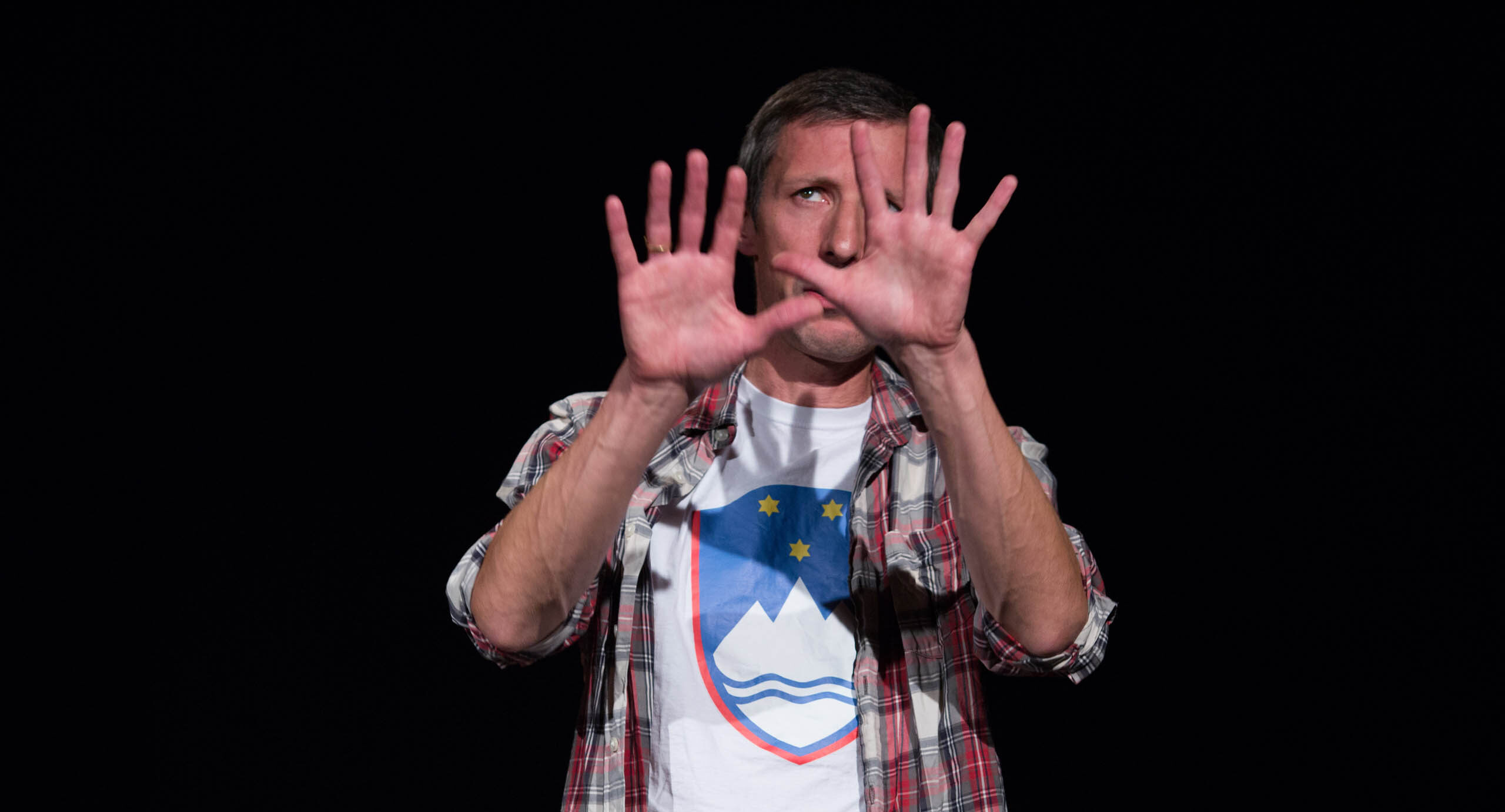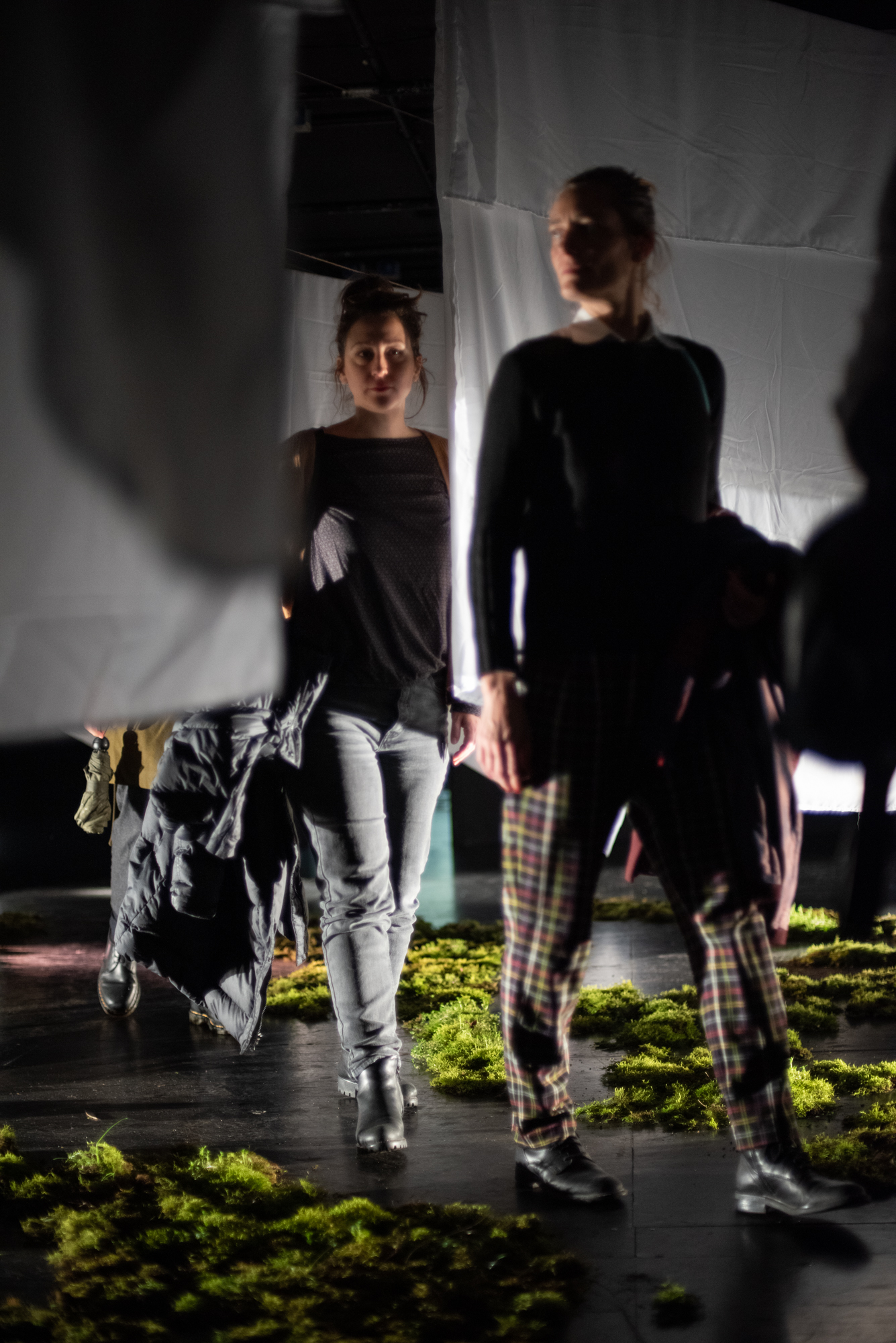Peter Mlakar: SAMENESS – EQUALITY. The Living Proof.

In countless symbolic practices and everyday verbal relations, we constantly encounter misunderstandings of the concepts of identicalness/sameness and equality. If we can say that the human brain is merely the structure of specific amino acids in its genome which, at a certain stage of its development and arrangement, create self-awareness, and that therefore a person who has been created in the cloning process from the same genetic material as his original, things become more complicated when we ask whether this equal person is also the same person, i.e. identical to his original, his own matrix. If the clone thinks, is conscious, it is biochemically – dare we say it – the same as its Cause, but not in the sense of his self, his consciousness. It is therefore a demonstration that the material hypostasis, which offers elements of the same in the creation of the human lookalike, i.e. the clone, cannot at the same time offer the sameness of its consciousness, its self, its self-consciousness with the original.
The test or proof that identity is in difference with sameness will be based on an experiment with two identical women, one of whom is the original and the other her copy.
- WEDNESDAY, 27. 9. 2023, 18.00 , Old Power Station – Elektro Ljubljana
Performance
Author: Peter Mlakar
Assistant: Ervin Markošek
Production: Maska Ljubljana
Kaja Kraner
Repetition as one of the most relevant topics of modernity opens the door to a modern antinomic temporality which, according to Benjamin, is marked by the coexistence of the enlightened imperative of progress and novelty, the Nietzschean eternal return, and at the same time to something gaping between these two extremes – melancholy and boredom. As a creative strategy of modernity, repetition can accordingly indicate either a typical demand for the intensification of the present, which includes the negation of the past or tradition (the prohibition of repetition), or problems with the implementation of this demand due to accelerated changes (repetition as an interpassive defence mechanism), or can seem as the most appropriate form of expression in the conditions of standardisation of life forms (repetition as a “realistic form”). In relation to Peter Mlakar’s project, it is more relevant to open up the modern understanding of repetition in relation to one of the key concepts of the theory of Western art – mimesis. In its narrow sense, mimesis means a reproduction, copy or double of what is already made or available in nature, while a more general understanding of this term is not about a product, but the supplementation and imitation of nature as a creative force through technical procedures. In this sense, mimesis is not a representation of one thing by another (i.e. the relationship of similarity or identification between a product of nature and a product of art), but a relationship between two production processes, in which art is to imitate the production power of nature.
In art, the topic of repetition gained momentum particularly in the various copying and appropriation projects of the 1980s, about the same time as the phenomenon of replicas and simulation attracted attention in the broader field of popular culture: much like copying projects, simulation and the phenomenon of replicas, which entered the 1980s and 1990s media theory through sci-fi films and literature, also affirm the fiction of reality. Nevertheless, these media theory texts pointed out an important difference: while the post-modernist projects of copying imitate a previously existing original/real-life model, a simulation creates an appearance of inexistent reality – a fiction of the original/model where one does not (yet) exist. In this context, the early 21st century opened another problematic field – cloning, which functioned as a symbolic concentration of a whole series of technological revolutions in the media and technoscience. Cloning as a problem field encompasses everything from reflection on the specificities of the digital production of images and copying enabled by digital tools to the issues of biological identity, and touched quite directly upon the questions of cloning living beings, including humans. Precisely because cloning is a relatively common natural process, which takes place more or less continuously in the immune system’s defence against a multiplying virus, it could become a central issue in the wider field of biopolitics.
Most 1920s artistic strategies of repetition attempted to stress and produce a difference, therefore not implying linearity, but rather a cyclic time that passes in series, without a very clearly identifiable end or beginning. The tendency to produce difference can also be detected in the 1980s copying and appropriation projects, which followed the idea that a copy was more valuable and more complex than the original, as it contained all the parameters of the copied content, as well as the idea itself and the act of copying. Contrary to this, Mlakar’s representation of the issue of cloning seems to try to affirm sameness and, most of all, raise the question of whether a non-recursive repetition of sameness – a kind of pure present without (its own) history and, consequently, potentially beyond good and evil – can produce a kind of intelligence and (self)awareness.






